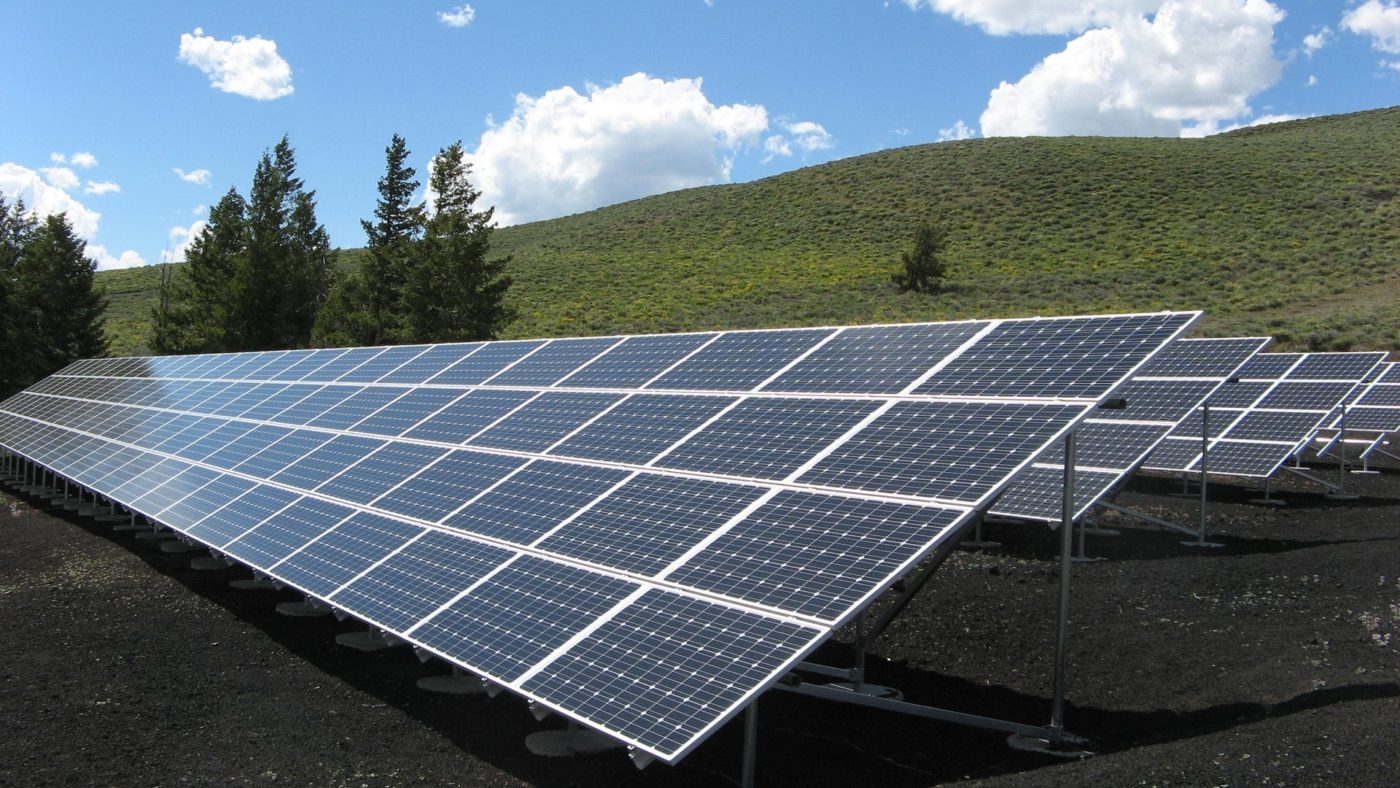Greenhouse gasses (GHGs) have suffocated the world since 1820, the beginning of the industrial revolution. This dying world of ours is home to more than 8.5 million species. Out of these 41,415 species are on IUCN Red List and 16,306 endangered due to the adverse climate conditions.
Accord de Paris was the agreement within the United Nations Framework Convention on Climate Change (UNFCCC) that deals in the mitigation of the GHGs with a vision towards cleaner energy. It was adopted by consensus on 12th December 2015 by 195 countries. India also planned to contribute its part in saving the world. The nation planned to achieve generation of 175 GW of power using renewable energy resources by 2022 with the following distribution of energy resources:



Out of all other resources, the Solar has been an all-time favorite. A well-established study by National Institute of Solar Energy (NISE) suggests that with more than 250 sunny days in a year our tropical country has a potential to achieve about 748GW of solar capacity.
To promote the use of solar energy governments throughout the world are providing incentives. Moreover, since the availability of land for installation of huge ground mounted solar plants is insufficient, many countries are more focused on the installation of rooftop solar plants.
India has planned to achieve an ambitious target of installing 40GW of rooftop solar. It has achieved about 2.5% of its target by 30th September 2016. Over the past year, India has added 513GW, which is 1.13 times more than the previous year. The Indian government has also ordered PSUs to participate in the solar rooftop race. Moreover, the country installed 1MW canal top solar PV pilot project on the network of Narmada Canals across the state of Gujarat, which was commissioned by Sun Edison India and is in pursuit of building much more like it in the states of Andhra Pradesh, Punjab, Karnataka, Kerala, Uttar Pradesh and Uttarakhand.
The DISCOM Dilemma
Most of the countries have incentivized the rooftop solar plants in various ways, like:
- Direct capital subsidy
- Tax credits
- Net metering
- Solar-specific RPOs
For India to achieve such an ambitious target of 40GW solar rooftop installations within a period of five years and eleven months the distribution utilities, Central Commission, solar project developers, consumers and the governments will have to knit together an environment which is supportive and robust enough to ensure the achievement of this goal. The role of Distribution Utilities is immense in this process as they will be responsible for developing a proper business model to allow storage, banking, off-take and trading of the surplus power from solar rooftop plants.

(Solar Rooftop Map September 2016)
Problems faced by distribution utilities due to escalating demand of solar rooftop
1) Technical Issues
- Phase Imbalance due to injection of power from solar rooftop installations
- Safety and security of grid during maintenance
- Power quality issues*
2) Commercial issues
- Decrease in volume of sales due to the extensive purchase of solar rooftop panels as represented in the solar rooftop map 2016.
- Onerous recovery of fixed cost invested in
- Distribution infrastructure (transformers, feeders, metering and protection devices)
- Long-term Power Purchase Agreements (PPAs)
- Difficulty in recovery of cross subsidy**
- Loss in banking charges***
3) Administrative issues
- Increase in number of tariff slabs within a customer category
- Application processing
- Inspection
- Connectivity
- Metering
- Billing
Renewables are the need of the hour. Solar rooftops play a vital role in the protection of the environment and are an important part of the Government of India’s Renewable policy in accordance with the Paris Agreement. Solar rooftops have the potential to reach economic viability and achieve grid parity.
With all the positive aspects of the solar rooftop installment, it has its darker side as well. It poses three-dimensional threats to the DISCOMs namely commercial, administrative and technical. To achieve this ambitious target of 40GW rooftop solar, DISCOMs cannot be pushed deeper into the debt trap. Central and State Commissions will have to take the required action in the coming tariff policy, and the Central Government can also try to make a more balanced National Electricity Policy and National Renewables Policy.
Suggestions
1) Promotion of peak-time solar power injection by providing a higher level of incentives by SERC.
2) Active power control of rooftop solar plants using solar power monitoring units with the regular inverters, use of proper power electronic devices to control power quality issues.
3) Providing proper regulations, laws, and standards for rooftop solar plants.
4) Incentivizing Utilities having more solar rooftops in their jurisdiction.
5) Charging wheeling charges from the customers who inject rooftop solar power to the grid during the off-peak period.
6) Promotion of battery storage for storing excess power and deploying it during peak loads.
Note:*power quality issues include voltage and frequency variations due to untimely injection of power by solar rooftop plants. **cross subsidies are the extra charges paid by commercial/industrial consumers to compensate for the subsidies given to agricultural customers. ***banking of electrical power means that when the consumers feed in unutilized electrical energy into the grid, the distribution utility has to provide the same to the consumers whenever they need, free of cost.


